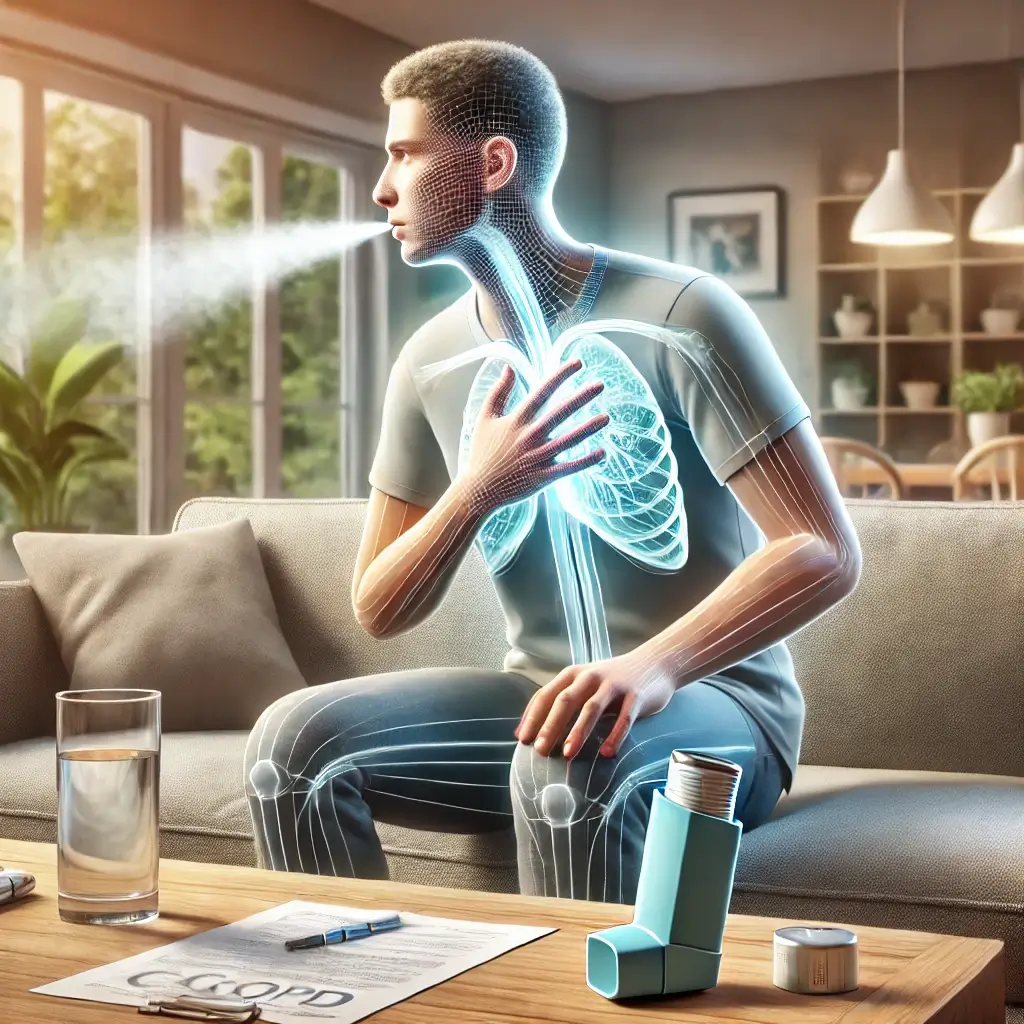Chronic obstructive pulmonary disease (COPD) is a serious condition that often goes unnoticed until it’s too late. Recognizing the early warning signs is crucial for timely treatment and better management. Learn the symptoms that shouldn’t be ignored and find out how early detection can make a significant difference in your quality of life. Could you be missing the signs? Here’s what you need to look out for…

Shortness of Breath: One of the earliest and most common symptoms of COPD is shortness of breath, especially during physical activities. Initially, you might notice it only when you exercise or engage in strenuous activities, but as the disease progresses, even simple tasks like walking or climbing stairs can become difficult.
Chronic Cough: A persistent cough that lasts for several months, particularly in the morning, can be a sign of COPD. This cough is often referred to as "smoker's cough" because it is common among smokers. The cough may produce mucus (sputum) that can be clear, white, yellow, or greenish.
Frequent Respiratory Infections: People with COPD are more susceptible to colds, flu, and other respiratory infections. If you find yourself frequently battling these illnesses, it could be an indication that your lungs are compromised.
Wheezing: Wheezing, a high-pitched whistling sound when you breathe, is another early symptom of COPD. It occurs when airways are narrowed or blocked, making it difficult to breathe.
Fatigue: COPD can cause a significant drop in your energy levels, leading to chronic fatigue. This is often due to the extra effort required to breathe, which can leave you feeling exhausted even after minimal physical activity.
Chest Tightness: Experiencing a sensation of tightness or heaviness in your chest can be an early warning sign of COPD. This discomfort is due to the airways becoming inflamed and narrowed.
Unintended Weight Loss: As COPD progresses, it can lead to unintended weight loss and muscle weakness. This happens because the effort to breathe burns more calories, and the condition can also reduce your appetite.
Swelling in Ankles, Feet, or Legs: Swelling in these areas can be a sign that COPD is affecting your heart function. When the heart struggles to pump blood efficiently, fluid can accumulate in the lower extremities.
Early Diagnosis is Key: Detecting COPD in its early stages can significantly improve your prognosis. If you recognize any of these symptoms, it's important to consult a healthcare professional promptly. They can perform tests, such as spirometry, to assess your lung function and determine the best course of treatment.
Managing COPD: While there is no cure for COPD, there are various treatments and lifestyle changes that can help manage symptoms and improve quality of life. These include medications, pulmonary rehabilitation, oxygen therapy, and quitting smoking.
Recognizing the early signs of COPD and seeking medical advice promptly can make a crucial difference in managing the disease effectively. By staying informed and proactive, you can take steps to protect your lung health and maintain a better quality of life.